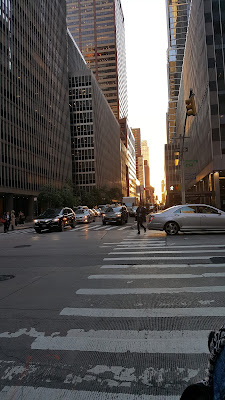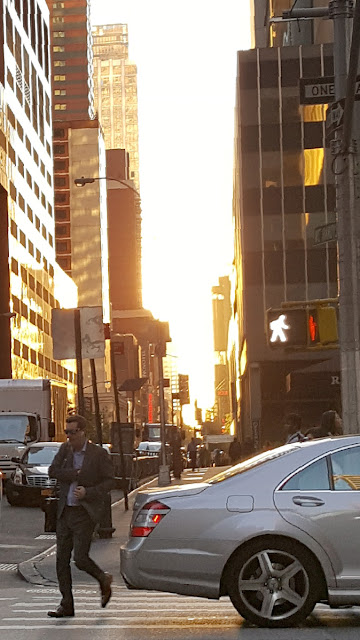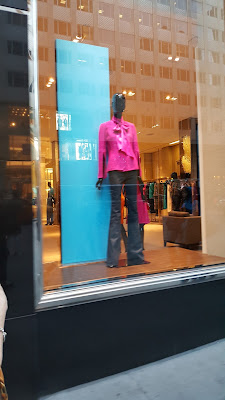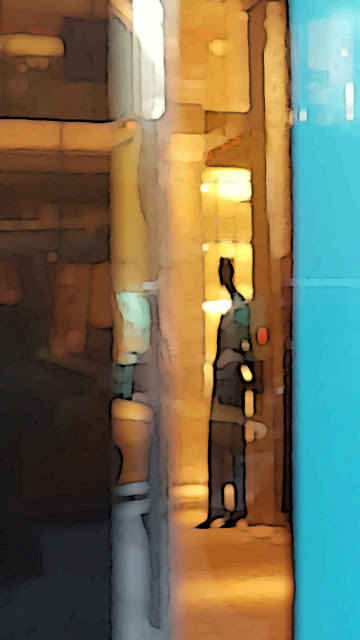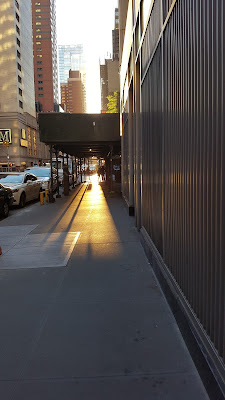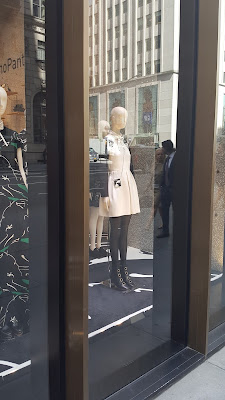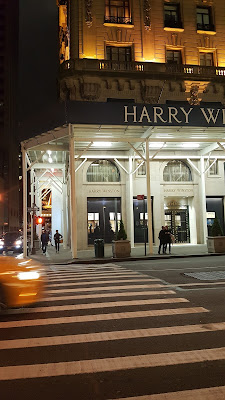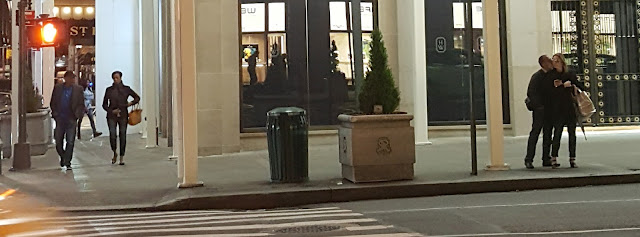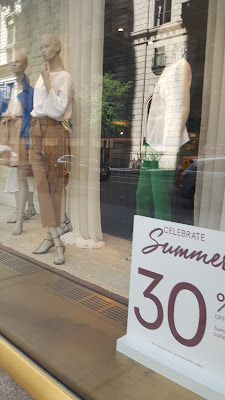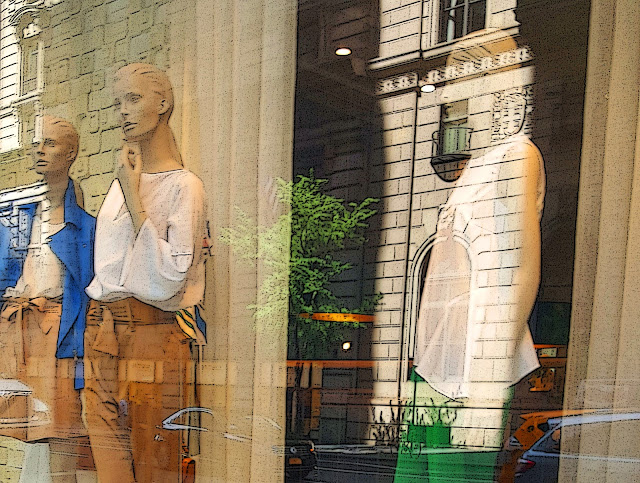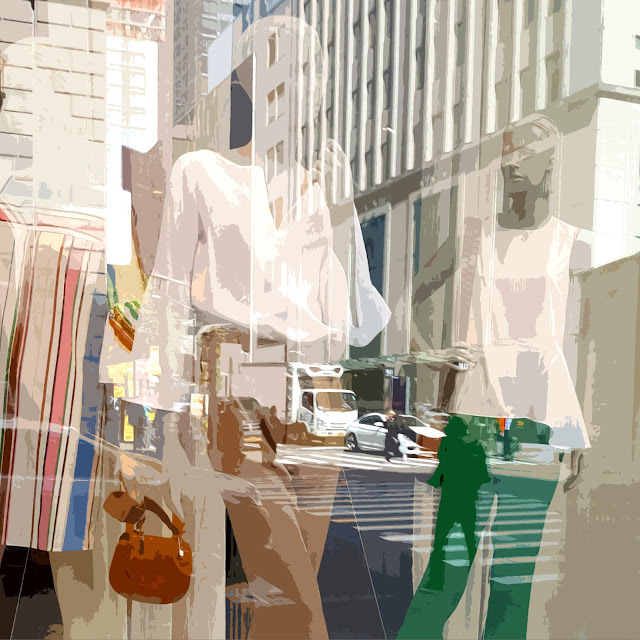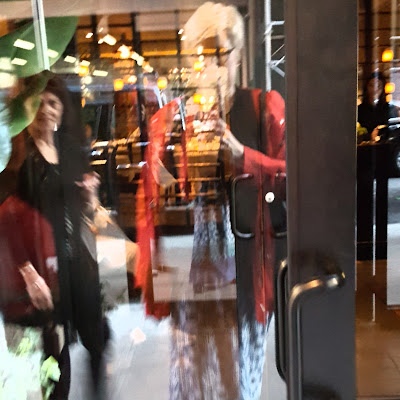I received a request for a tutorial on these beads.
The most critical part of this process is having the right kind of stamp. I designed the stamps because I couldn't find any like what I needed.
The difference: the negative space of the stamp design needs to be the "solid" portion in your artwork so that it will end up as the raised part on the stamp -- the part that makes the impression. In other words, these stamps are set up in reverse of how most stamps are created.
The stamps look like this:
The artwork that I had turned into stamps looked like this:
I like the design element to extend into the border area so each element breaks the edge of the frame.
How to Make the Beads
- Roll a sheet of black and impress two stamps.
- Cut each one out leaving an equal amount of space around the edges of the impression that is wider than the border you eventually want to have on the bead.
- Cut a third rectangle of clay that is the same size as the two impressed pieces.
- Cut a strip out of that third piece to leave a channel for the stringing cord. (After cutting out the cord channel, the third piece is now actually two separate pieces of clay.)
- Place one of the impressed pieces face down on your baking cardboard making note of the "top" edge, if that matters in your design.
- Lay the two channel pieces on top of the impressed piece leaving a channel where you want your stringing cord to run.
- Place the second impressed piece face up on the stack, making sure the "top" of this piece is aligned with the top of the face down piece.
- Gently pat to ensure that the layers are adhered to each other.
- Trim all four edges of the bead to make the stack even and smooth on all sides.
- Your channel hole may disappear momentarily, but gently insert an awl or skewer to open the hole and channel up again.
- Cure the bead.
- After it is cured and cooled, sand it a little to get the roughness off the surface.
- If you want to make the edges of the bead smooth instead of sharp, sand all the edges and corners to give the bead a worn feel.
- Use a tiny bit of white acrylic or oil paint to cover the surface very lightly, then wipe most of it off with a very level, light touch. My stamps have fairly shallow impressions so too much paint will overwhelm it and using a hard touch when wiping the paint will probably remove it all.
- After the paint dries, sand the bead again to get any remaining paint off of the high surfaces.
You can also use copper metallic clay and paint it with a mix of turquoise and white to look like copper patina. Two samples are in the photo at top.
There are some of my stamps available in my etsy shop. Just go to etsy and type in Artybecca to find it.
I get my stamps made by www.readystamps.com because I can squeeze a bunch of designs on a 7" x 9" area and then cut them apart.
There are also stamp makers on etsy who will turn your design into a stamp. I have not used them so I can't vouch for any in particular.










